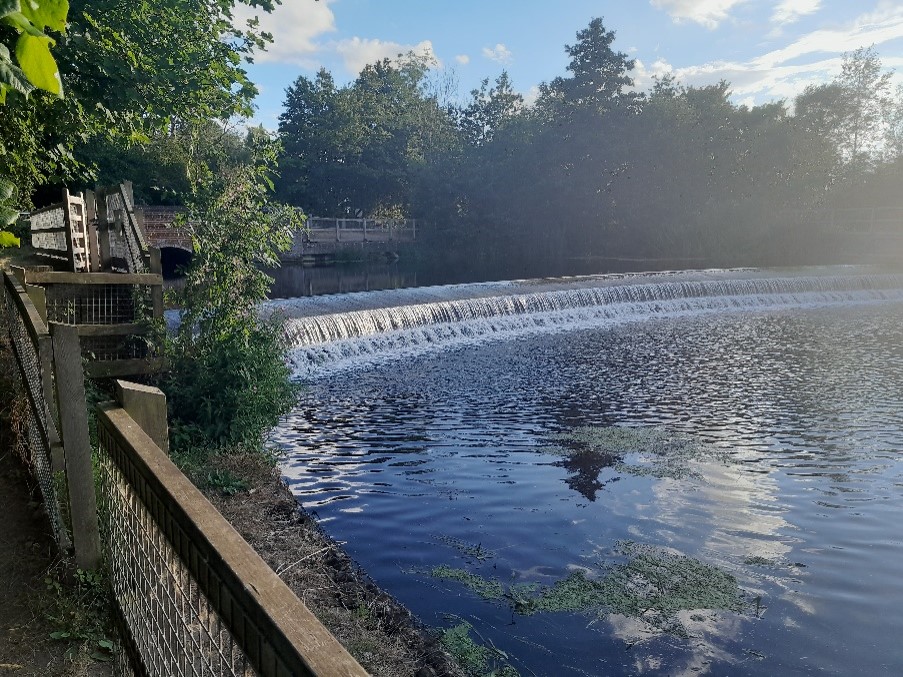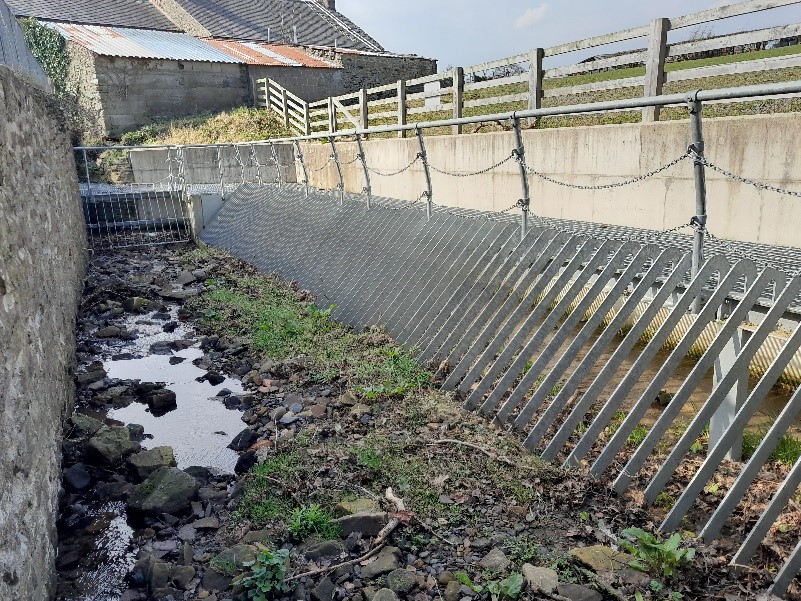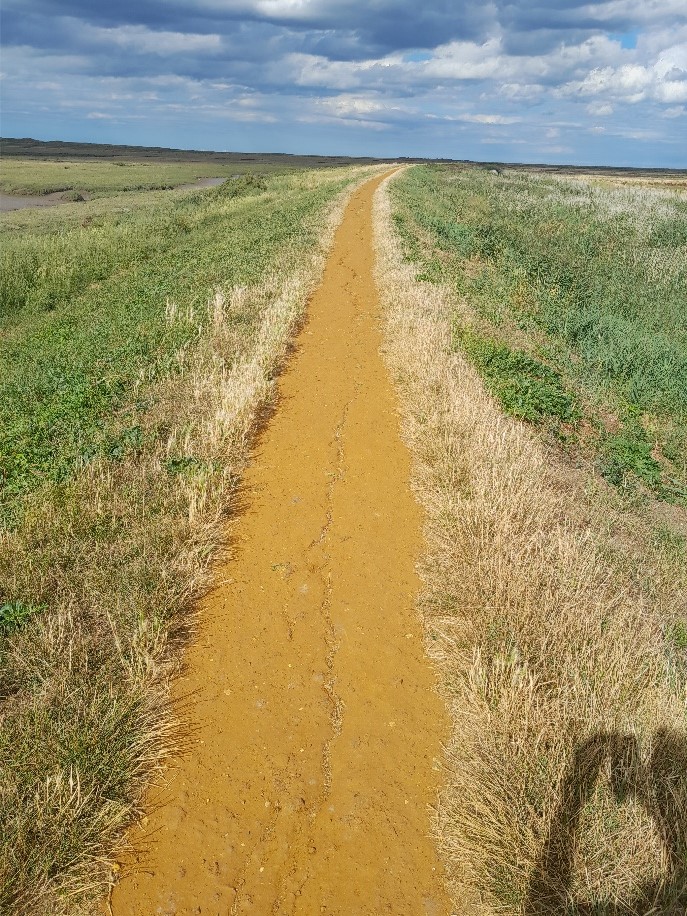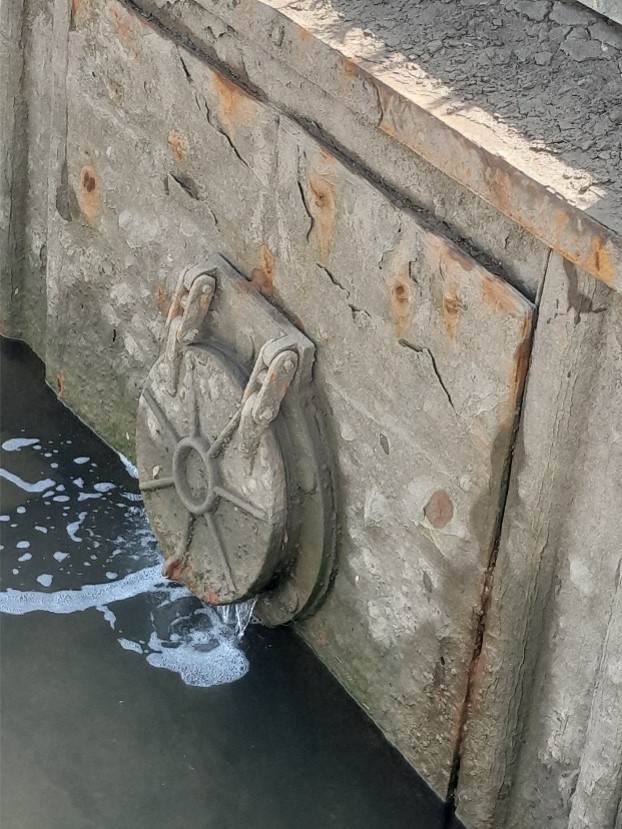Legal Requirement to Manage Flood Risk Structures

Under Section 21 of the Flood and Water Management Act 2010, any Lead Local Flood Authority (LLFA) has a legal obligation to establish and maintain a register of structures and features which are likely to have a significant effect on flood risk in their area. This asset register needs to include all relevant information such as condition, inspection schedules, maintenance programs, and repair requirements.
Local Authorities do not have the same legal responsibility, but it is good practice to adopt a similar approach to asset management. This ensures they meet their riparian responsibilities and manage potentially large maintenance and repair costs.
RAB have extensive experience and an outstanding track record of supporting LLFA’s and Local Authorities to create asset registers, inspection and maintenance schedules, and relevant policy documents. This includes:
- The legal requirements relating to council owned or maintained flood risk assets and the risk receptors of failure based on their responsibilities as riparian owners or as LLFA’s.
- Review of existing maintenance regimes, previous inspections, and flood history data to create a flood asset register.
- Assess parameters likely to affect flood risk such as erosion potential, fluvial and pluvial events, and the potential impact if any asset were to fail.
- These parameters feed into a risk matrix which is used to establish a recommended inspection frequency. This is outlined in the asset inspection policy document which we produce alongside the asset register as a complete package for councils to use for future maintenance of assets.
- Our team can also create a bespoke ArcGIS geodatabase for all assets within a defined geographic area. This allows all relevant asset information to be centralised and spatially displayed, which facilitates further collection and interrogation of relevant data.
Although most of this work is undertaken for LLFA’s and Local Authorities, RAB does also provide these services to the private sector and other public sector bodies too. Examples include transport organisations, infrastructure and housing developments, riparian landowners, and land management companies.
Our objective for all clients is to create a plan that identifies, inspects, maintains, and repairs the relevant structures and features that are likely to influence flood risk in their area. Some examples of such structures are shown below, which include weirs, trash screens, embankments, and outfalls. The benefits include better understanding and management of flood risk, reduced likelihood of asset failure, improved budget planning, and an audit trail to help mitigate potential legal claims from a flood event.
More information is available here on our website, or you can get in touch for an informal discussion on your specific project by email (enquiries@rabconsultants.co.uk) or call our head office in Lichfield (0330 223 6475).





